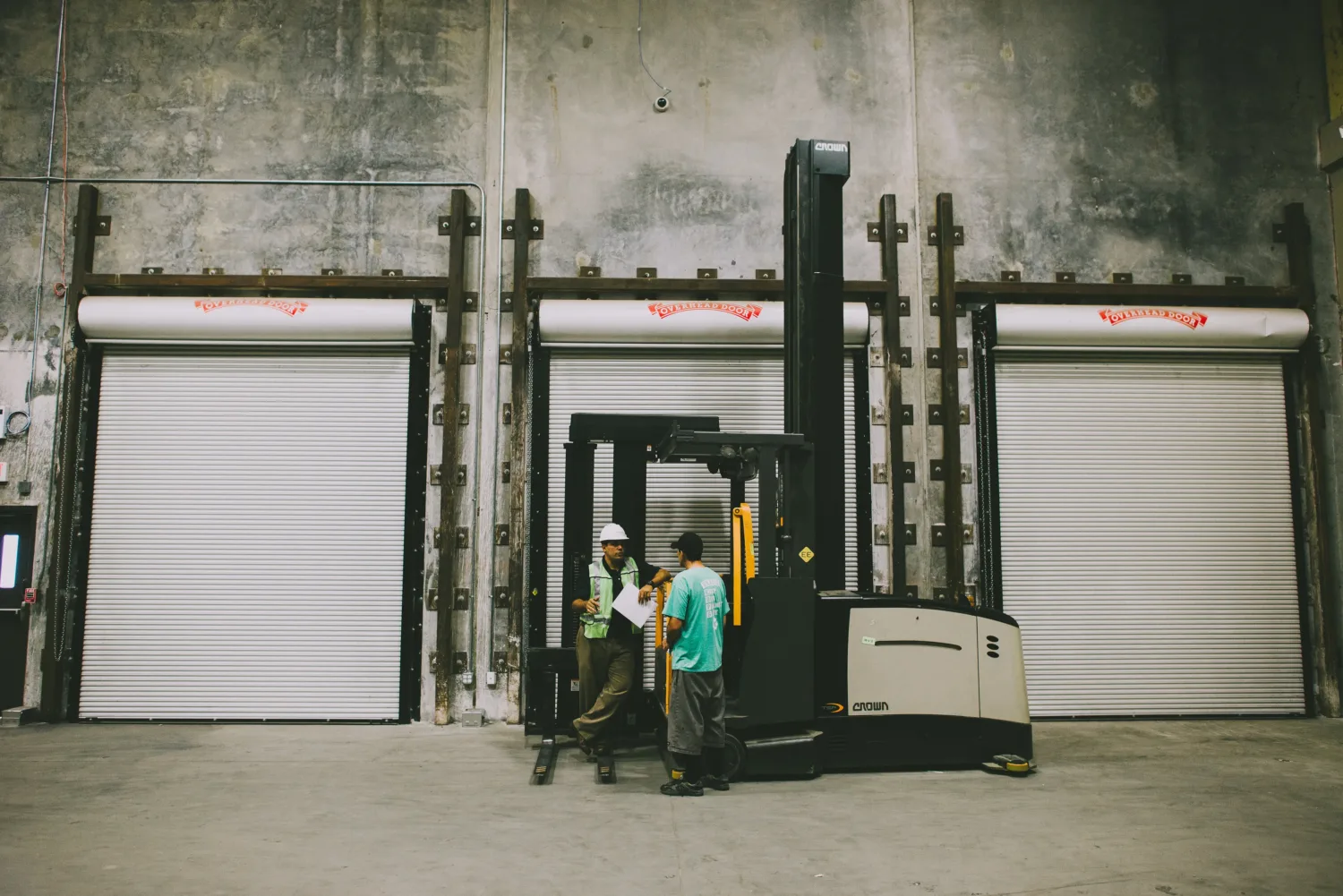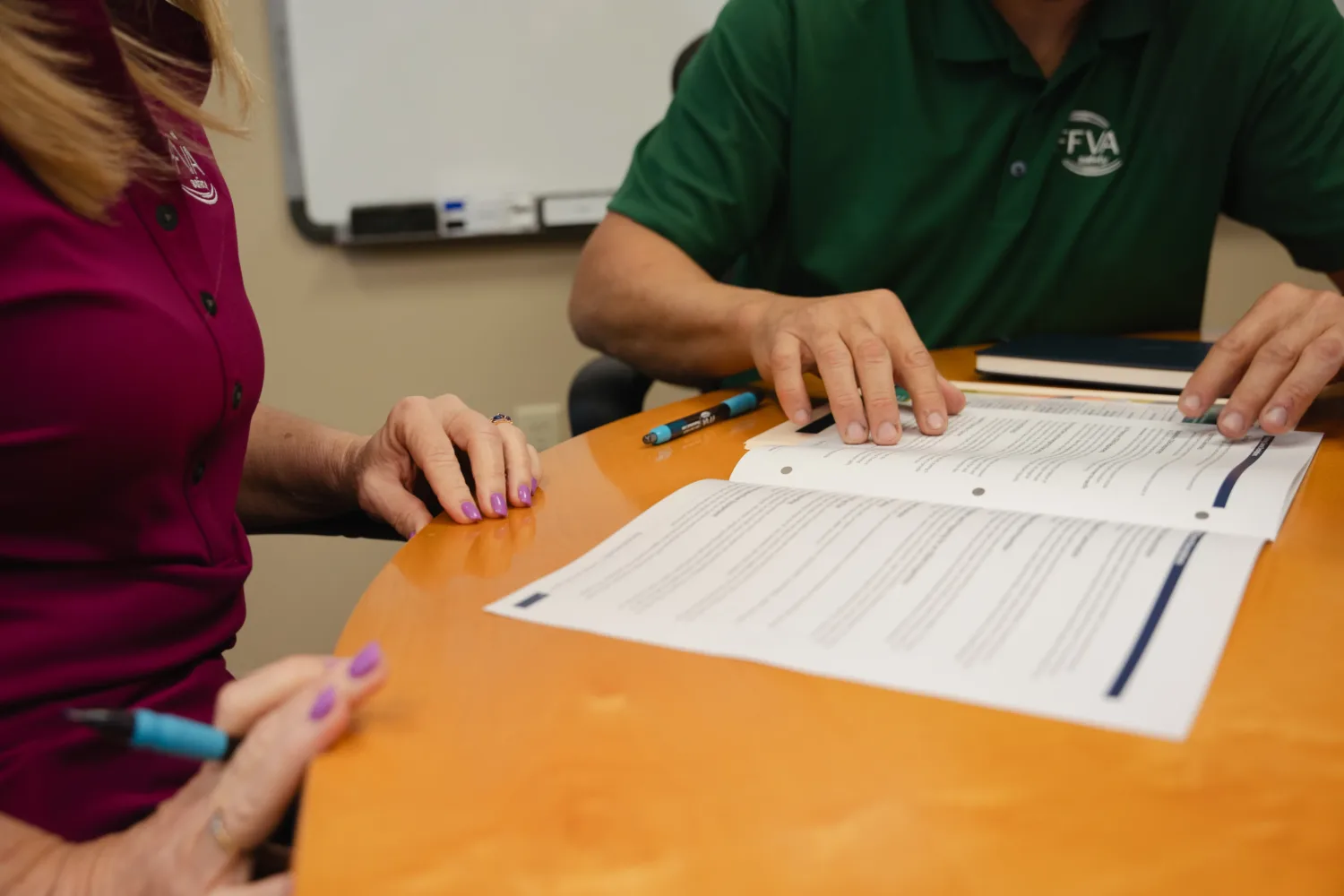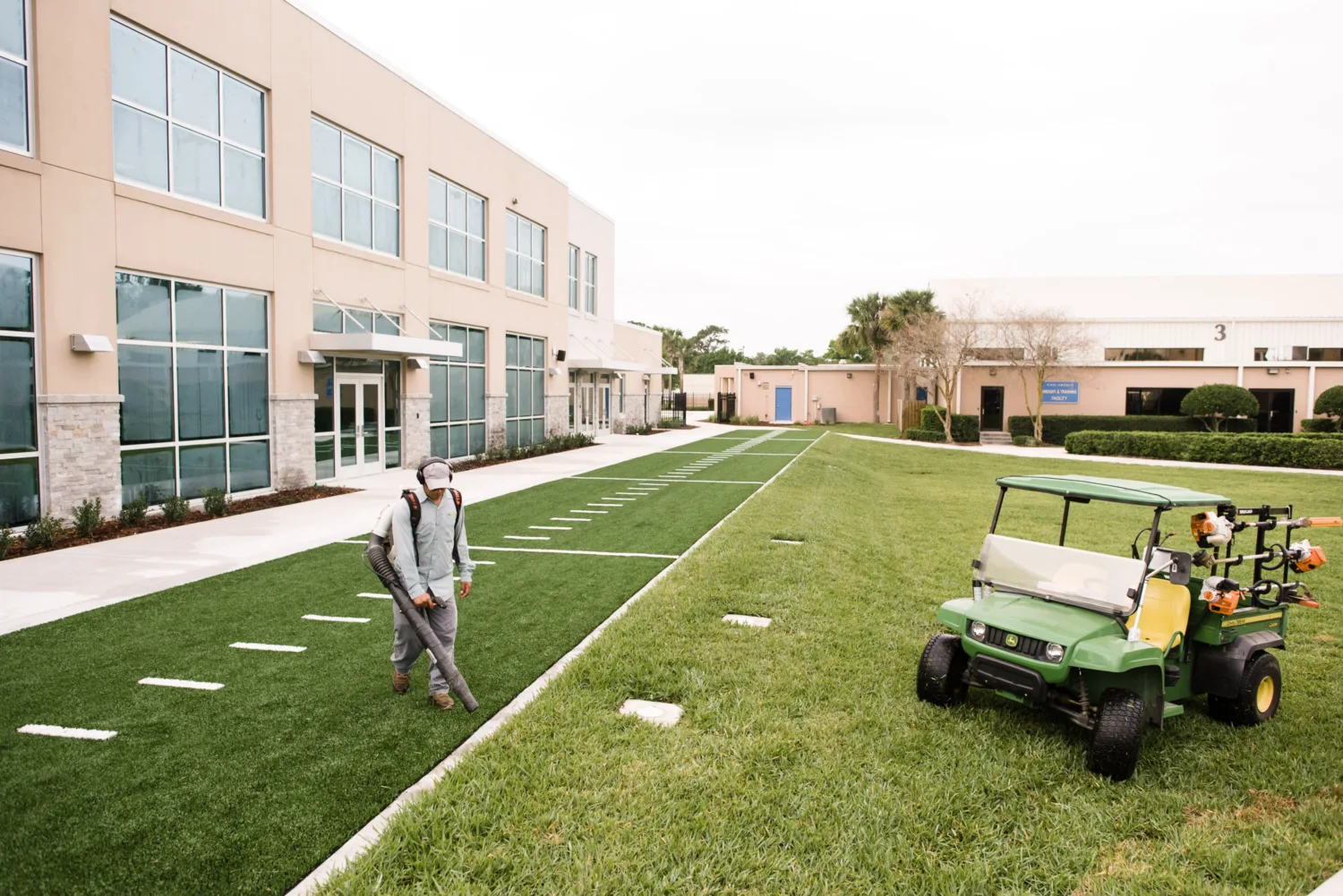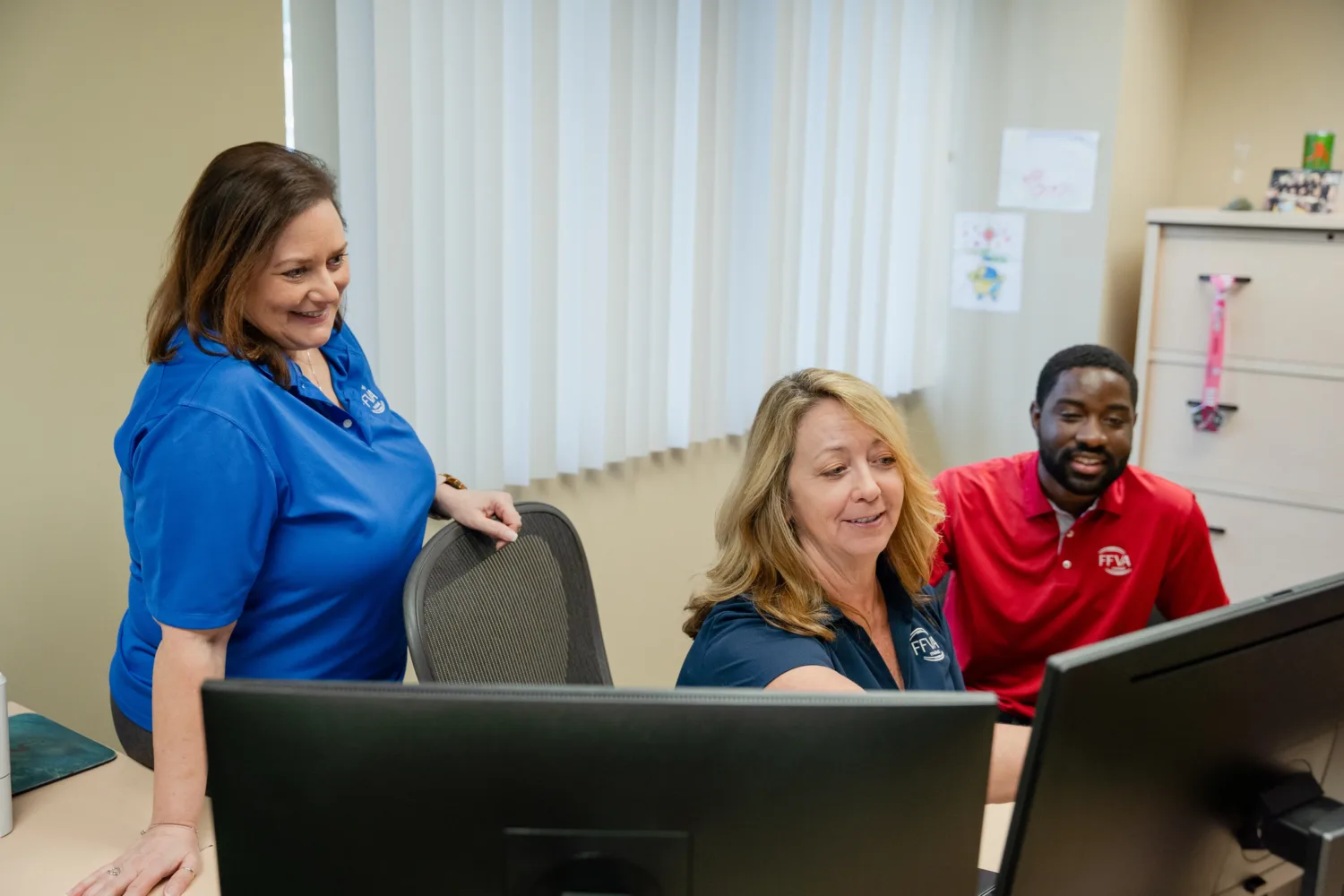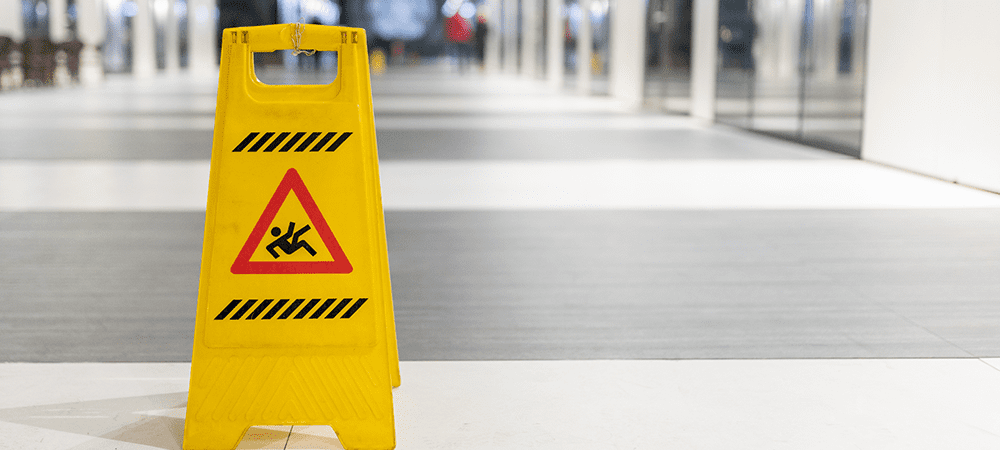Boost workplace safety with these repetitive strain injury activity modifications
For employees that use their bodies a lot at work — and that includes just about everyone — these types of overuse injuries can happen at any time. While not as shocking as slips and falls or motor vehicle accidents, repetitive strain injuries are serious and can have lasting consequences for employees.
That’s why you need to take action before they happen and repetitive strain injury activity modifications make an impact on workplace safety from day one. Keep reading to learn about the ways you can modify your workplace to prevent strain related injuries.
How Work-related Repetitive Strain Injuries Happen
A repetitive strain/stress injury (RSI), is any damage to the tendons, ligaments, nerves or muscle group in one part of the body due to repeating the same muscular motion over long periods of time. RSIs are incredibly common workplace injury. In fact, recent claims data from FFVA Mutual revealed that strains and musculoskeletal disorders (MSD) were the second most common injury that led to a workers’ compensation claim. That’s partly because pain in one area, like the shoulder, could also reveal an RSI injury in a nearby tendon or muscle group.
Any repetitive motion can lead to a strain injury. While strains are often caused by physically draining activities like lifting heavy boxes throughout the day, they can also result from more mundane tasks that don’t seem all that strenuous. For example, spending too much time hunched over a computer typing every day can lead to carpal tunnel syndrome, one of the more common types of RSI injury. Poor posture in this case can also eventually lead to a neck or back strain.
Symptoms can include:
- Pain, aching or tenderness
- Stiffness
- Throbbing
- Tingling or numbness
- Weakness
- Inflammation
Preventing injury with Repetitive Strain Injury Activity Modifications
Strains and MSD injuries tend to be long-lasting, disabling and costly, so they can have a serious impact on your organization’s productivity. Activity modifications help reduce symptoms and prevent a strain injury from happening at work.
Redesign your Workspace
The best way to prevent a repetitive stress injury is to design your workplace in a way that limits unsafe and repetitive activity. That means fitting your workplace to your employees’ preferences and limitations, as opposed to the other way around. One way you can do this is to store heavier products and materials at the ground level and lighter ones on higher shelves. This keeps employees from putting themselves in harm’s way by trying to pull down something heavy and dangerous from a high shelf.
If you’re in an office setting, you should make desks adjustable so they can be customized to fit several different types of people. This encourages good posture and prevents workers from putting themselves in uncomfortable positions at their desks for several hours at a time. Investing in ergonomic keyboards is another way to reduce the likelihood of strain injuries like carpal tunnel syndrome from happening.
Teach Safe Lifting Best Practices
Training workers on proper lifting techniques can go a long way to preventing many strains and MSD injuries. Lots of strains happen when employees are tired. Encourage your employees to avoid lifting heavy objects at either the beginning or end of the day when their bodies are still waking up/are the most tired.
Forceful exertion can lead to a repetitive motion injury, so whenever possible, employees should ask for assistance from another person or group of people to lift any items they can’t easily handle on their own.
What to Do if an Employee Has a Repetitive Strain Injury
If one of your employees suffers a strain injury on the job, or mentions a concern about possible RSI symptoms, it’s important that you act fast. Remind workers to report injuries to their manager as soon as they happen so you can help get them the medical care they need. When reporting an injury, employees should include any relevant information related to their injury, including when it happened, what their symptoms are, and how and where it occurred.
Once the injury’s been reported, it’s important to get employees medical treatment. Assess the situation. Minor pain might only require some rest and first aid, but more serious injuries could require a trip to the emergency room. Long-term care could include regular visits to a physical therapist.
As soon as a claim is reported, your claims adjuster will work with you and the injured worker to develop a personalized return-to-work plan that fits both of your needs. Activity modification should be your main focus. They might be out of work for a few weeks, depending on the severity of the injury, but once they’re back, you can assign them light duty assignments that don’t require much physical exertion and lets them ease back into their normal job duties.
Team Up with Our Workers’ Compensation Experts at FFVA Mutual
Health and safety should be everyone’s top concern, but sometimes accidents happen. We get that. Our safety team and claims adjusters at FFVA Mutual partner with employers and provide safety training and claims management solutions to keep employees safe at work and help you feel prepared if and when an employee is injured on the job. Check out our safety training courses, which are free for policyholders. Are you an employer looking for workers’ comp insurance? Reach out today to one of our appointed agency partners to get started with a quote today.














